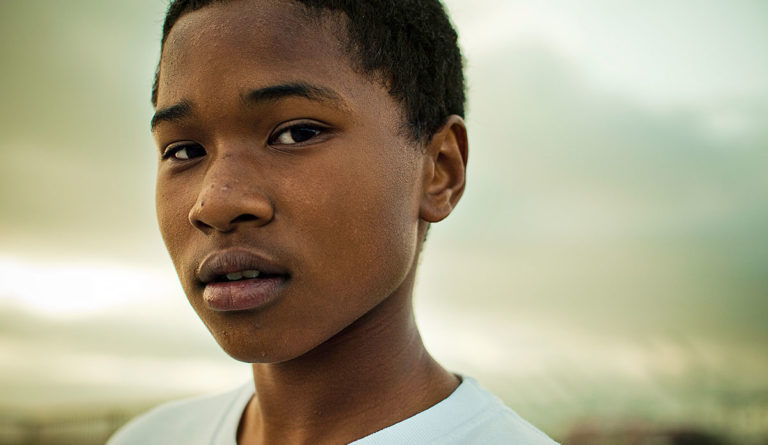Meeting the Mental Health Needs of Injured Young Men of Color
For many youth, victimization involves more than physical injury. Medical systems are well-equipped to treat physical wounds, but the psychosocial needs of young survivors are often unseen and much harder to treat.

Read Time: 4 minutes
Published:
As seemingly daily news stories remind us, adolescent young men of color bear a disproportionate burden of injury from interpersonal violence. However, many of these stories fail to mention the non-physical outcomes of this violence. For many youth, victimization involves more than physical injury. Fear, powerlessness, and loss are common feelings as youth navigate physical environments that no longer provide safety. While medical systems are well-equipped to treat and care for physical wounds, the psychosocial needs of young survivors remain unaddressed. These wounds are often unseen and much harder to treat.
My colleagues and I examined the post-assault needs identified by adolescent boys. Participants were between ages 12 and 17 and receiving community-focused case management services following violent injury provided by the Violence Intervention Program (VIP) at Children’s Hospital of Philadelphia (CHOP). VIP uses resources provided by CHOP’s Violence Prevention Initiative, an evidence-based effort to protect youth from violence and promote healing.
Ensuring accessibility of support and resources is not only responsive to youth’s needs, but may help to break the cycle of violence many young men face and help to reestablish safety.
The social workers, physicians, psychiatrists, psychologists, researchers, and peer mentors that compose the VIP team bridge the gap between medical care and post-assault psychosocial needs. Providing community-focused and trauma-informed services, staff establish a direct connection between the hospital and the community through individual and family-directed interventions. VIP staff support youth and their families in identifying needs and goals for recovery and healing after violence. These goals focus on restoring control and re-establishing safety in youth’s daily lives, which is critical to preventing future injury.
Young men are often stereotyped as challenging to engage in health care services, particularly mental health care. However, our work found that most boys (89%) self-identified mental health concerns and requested support in accessing therapy and other services. Additionally, many youth requested support navigating the complex legal and educational systems. The figure provides a summary of the needs most commonly identified by youth.

Youth reported the incident that brought them into our program was rarely isolated and often one of several violent events. Over 50% of young men receiving VIP services reported having been in fights in their school or community in the past year and nearly two-thirds reported clinically significant post-traumatic stress symptoms. This highlights the importance of using a trauma-informed approach when considering youth’s potential support needs following violence. Most youth were treated and discharged for minor injuries. However, the superficial nature of their physical injuries did not diminish the psychological impact. In fact, youth discharged directly from the Emergency Department were more likely to report safety needs than youth who were admitted to the hospital, highlighting the urgency of safety planning in post-hospital care.
As we continue to advance our understanding of how to best support youth recovering from violent injuries, we are examining the barriers encountered in accessing mental health care. Youth are willing and interested in engaging in services, but we must ensure that the systems of care are accessible and ready to provide the necessary services. Identifying the policies and practices that promote or inhibit the ability of young people to receive mental health care is necessary to ensure critical access to services. Ensuring accessibility of support and resources is not only responsive to youth’s needs, but may help to break the cycle of violence many young men face and help to reestablish safety. Our research highlights that young men of color are not afraid to ask for help. It is our job, as a public health community, to ensure that, when they do, we are ready to provide them with the care they seek.
Feature image: Getty Images/photo by Jim Hughes, posed by model for illustrative purposes only.



